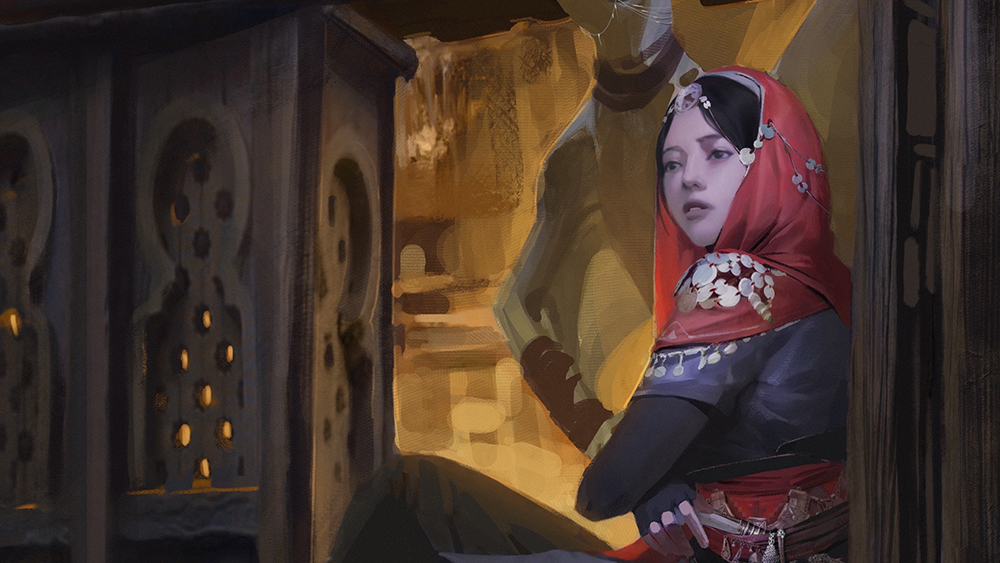7 rules for creating the perfect pitch
Want to win more work? NB Studio dissect the anatomy of a pitch at Design Indaba 2016.
The pitch process can leave even the best creative directors and designers mystified. This morning, London-based branding and communication agency NB Studio took to the stage at Design Indaba 2016 to dissect the anatomy of a pitch and offer a few hard-won tips to delegates here in Cape Town.
To communicate their tips on pitching, NB Studio's Nick Finney and Alan Dye followed their own advice and left their comfort zones completely – by writing their first ever play.
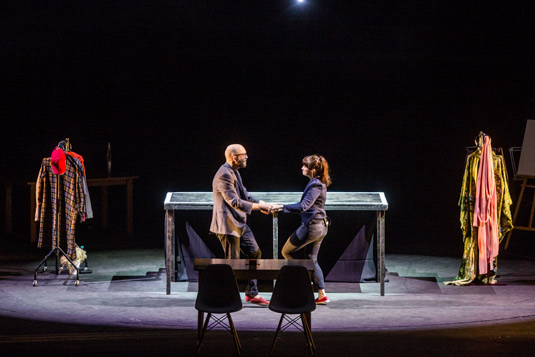
For the first 30 minutes, two actors brought the brilliant script to life, making clever use of the revolving stage and a number of props to illustrate each tip.
So what are NB Studio's rules for pitching? Spoiler: they're also rules for creating outstanding design. Here are some of their top tips shared at Design Indaba 2016 today…
01. Leave your comfort zone
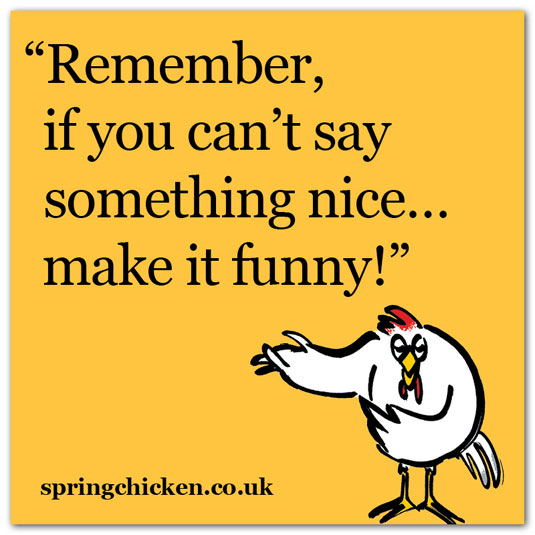
As a designer you see and hear things differently, and you think differently too, said Finney. But it's easy to become complacent.
It's important to stretch yourself creatively by having the courage to launch your ideas. To succeed, you need to leave your comfort zone, challenge yourself and your clients.
02. Learn the rules before you break them
What is the pitch process really about? Finney and Dye's play questioned the fundamentals, starting with the basic premise of pitching 'to' a client.
Daily design news, reviews, how-tos and more, as picked by the editors.
"[The phrase] 'pitch to' is like saying you have all the ideas and the client is empty," pointed out one of the characters.
Also, she added, should pitching involve presenting "beautiful lies for client"? What if the client wants the truth?
03. Assumption is the mother of all fuck ups
"As soon as you get that brief, pull it to pieces – and keep pulling it apart and asking: Why? Why? Why?" Dye advised.
Also, make sure you find out how many people are going to turn up to that presentation – NB Studio learned that lesson early on, when 50 people "marched" into a room at the BBC expecting a presentation that they weren't ready to deliver.
04. You can't know too much
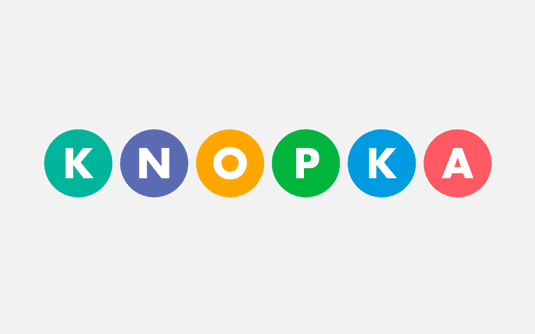
Whether you're planning a pitch or a working on a live project, you can only solve a problem when you have all the information.
Finney and Dye illustrated the point with their work for Russian bank Knopka (above). Despite no experience in the banking sector, it was possible to design the perfect solution once they had extracted all the information from the client. "It was relatively simple once we understood what we had to do," they said.
05. Indecision kills
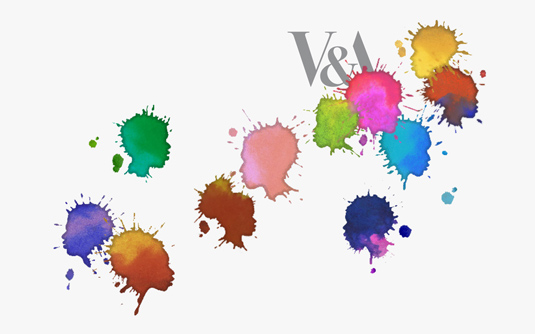
Procrastination is the curse of the creative. "Sometimes you have to scrap everything you've been working on, get your hands dirty and start again," Finney advised. "Drop everything, take a walk around the block and start again."
06. Become your customer
As one of the characters on stage told the other: "Next time you take your shoes off, use it as an opportunity to walk around in someone else's"
"Try and get to the core of what you're doing," said Dye. "Words really help with this."
07. Tell the truth. Be on time.
"You have to keep your integrity," they warned. If your idea is becoming diluted and isn't working, it's important to tell the truth.
Running from 17 to 19 February, the annual Design Indaba Conference in Cape Town features the best of global creativity on one stage. We’ll be reporting from the event all week.
Liked this? Read these...
- How to become an art director
- We reveal the best desk exercises
- Get to grips with the golden ratio in this easy guide
- Can you guess the logo in this design quiz?
- Read our pro guide to working from home
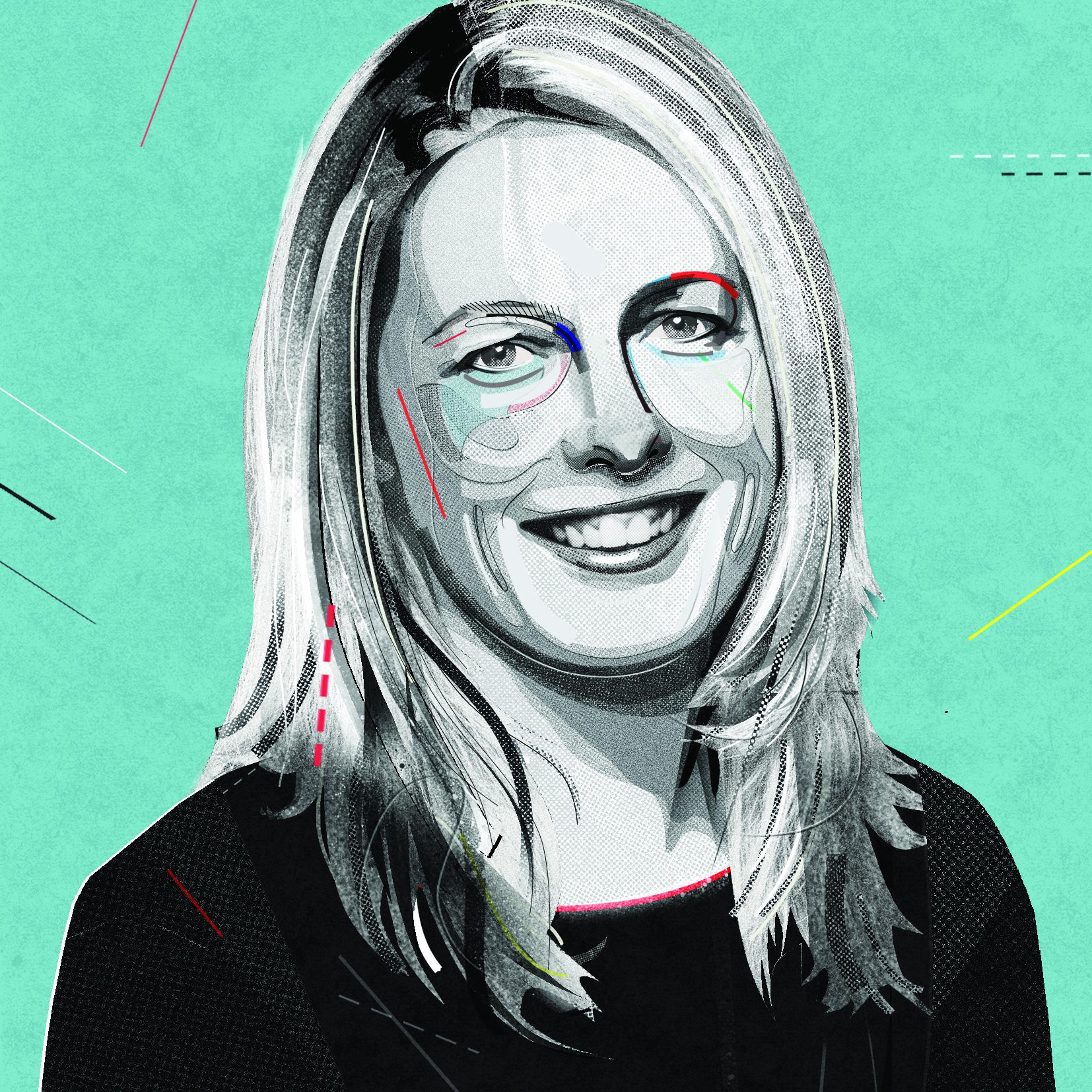
Julia is editor-in-chief, retail at Future Ltd, where she works in e-commerce across a number of consumer lifestyle brands. A former editor of design website Creative Bloq, she’s also worked on a variety of print titles, and was part of the team that launched consumer tech website TechRadar. She's been writing about art, design and technology for over 15 years.
